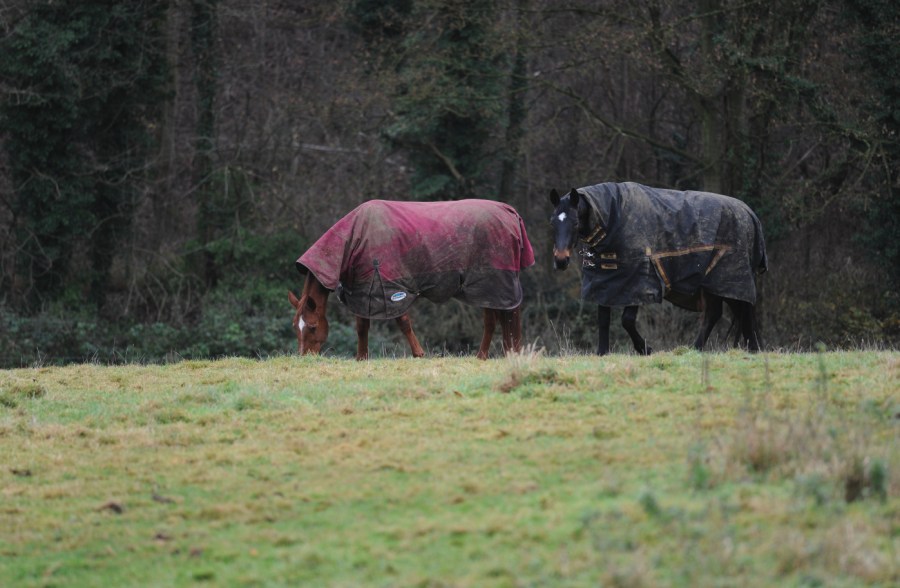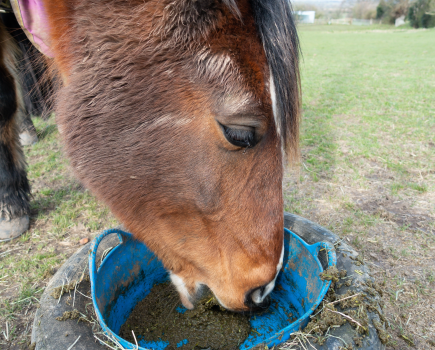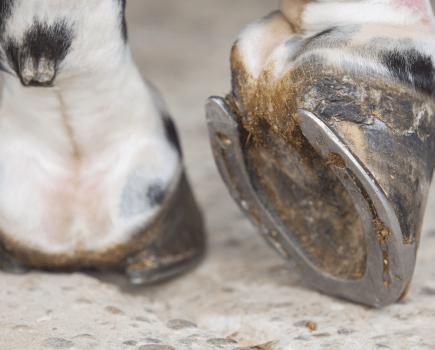Let’s face it, looking after horses in the winter is tough. Freezing temperatures, limited daylight hours and mud galore can make even the simplest tasks a challenge, but with a little forethought and planning, you can ease the burden.
1. Gradually introduce changes
In winter, we often make changes to our horse’s routine – for example, bringing them in at night after a summer spent out at grass 24/7, changing their main source of forage from grass to hay, and changing their hard feed.
Adjustments to your horse’s routine should be done gradually over 10 to 14 days to prevent stress and reduce the chance of colic from sudden dietary changes.
2. Prepare fields to prevent mud damage
A drop in temperatures, combined with wind, rain, and snow, can cause serious damage to pasture. However, a little preparation now will ensure that fields are kept in the best possible condition over the winter.
Avoid overgrazing and compaction by resting and rotating your fields regularly.
It’s also important to check the drainage system. Ideally, paddocks are in a position where sufficient drainage is provided throughout the year, which is on high ground with a gentle slope.
Drainage gravel underneath footings will allow the water to flow naturally into the ground, and a drainage pipe can divert water away from the pasture. Nearby ditches should be cleared so that drainage is not restricted by natural sources.
3. Worms
As winter draws in, there are particular worms and parasites that should be considered by owners: redworm, tapeworm and bots.
Encysted redworm is of particular concern, as during the larval stage the worm will burrow into the gut wall to hibernate over the winter, and emerge in the spring. This emergence can cause colic.
To find out more about winter worming, see our guide here.
4. Essential yard jobs
To keep things running smoothly on the yard, there are a few jobs to do now that will save you time and energy later.
- Check gutters and downspots – check for repairs and clear out any debris that could cause blockages. You could even store your rain water in butts to soak your hay or wash out wheelbarrows and tools.
- Prepare for a blackout – keep a flashlight and headtorch in a few easy access locations to save you from fumbling around in the dark
- Check your lighting – check the health of your bulbs and replace any that are starting to look old or worn out, to save yourself from an unnecessary blackout. If anything doesn’t look safe, call an electrician, as dodgy electrics are also a fire hazard
- Insulate your water supply – use old clothes or insulating foam to prevent taps and pipes from freezing as the temperatures drop. It’s not the best idea to pour boiling water on taps, as it can crack the mechanisms inside









